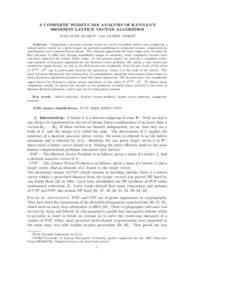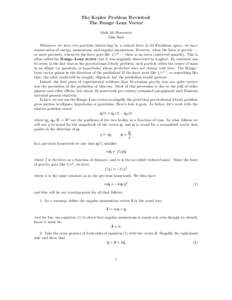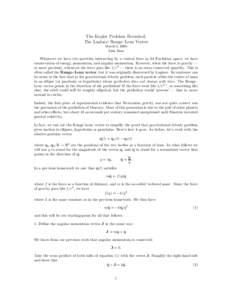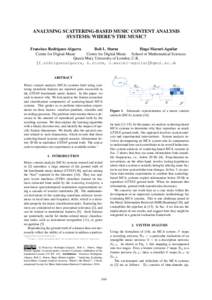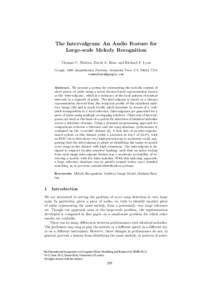<--- Back to Details
| First Page | Document Content | |
|---|---|---|
 Date: 2004-07-01 13:22:00Computing MetaPost PostScript Public domain software Cartesian coordinate system Plot Euclidean vector Mathematics Algebra Vector graphics markup languages |
Add to Reading List |
 MetaPlot, MetaContour, and Other Collaborations with METAPOST Brooks Moses Mechanical Engineering, Stanford University, Building 520, Stanford, CA 94305
MetaPlot, MetaContour, and Other Collaborations with METAPOST Brooks Moses Mechanical Engineering, Stanford University, Building 520, Stanford, CA 94305